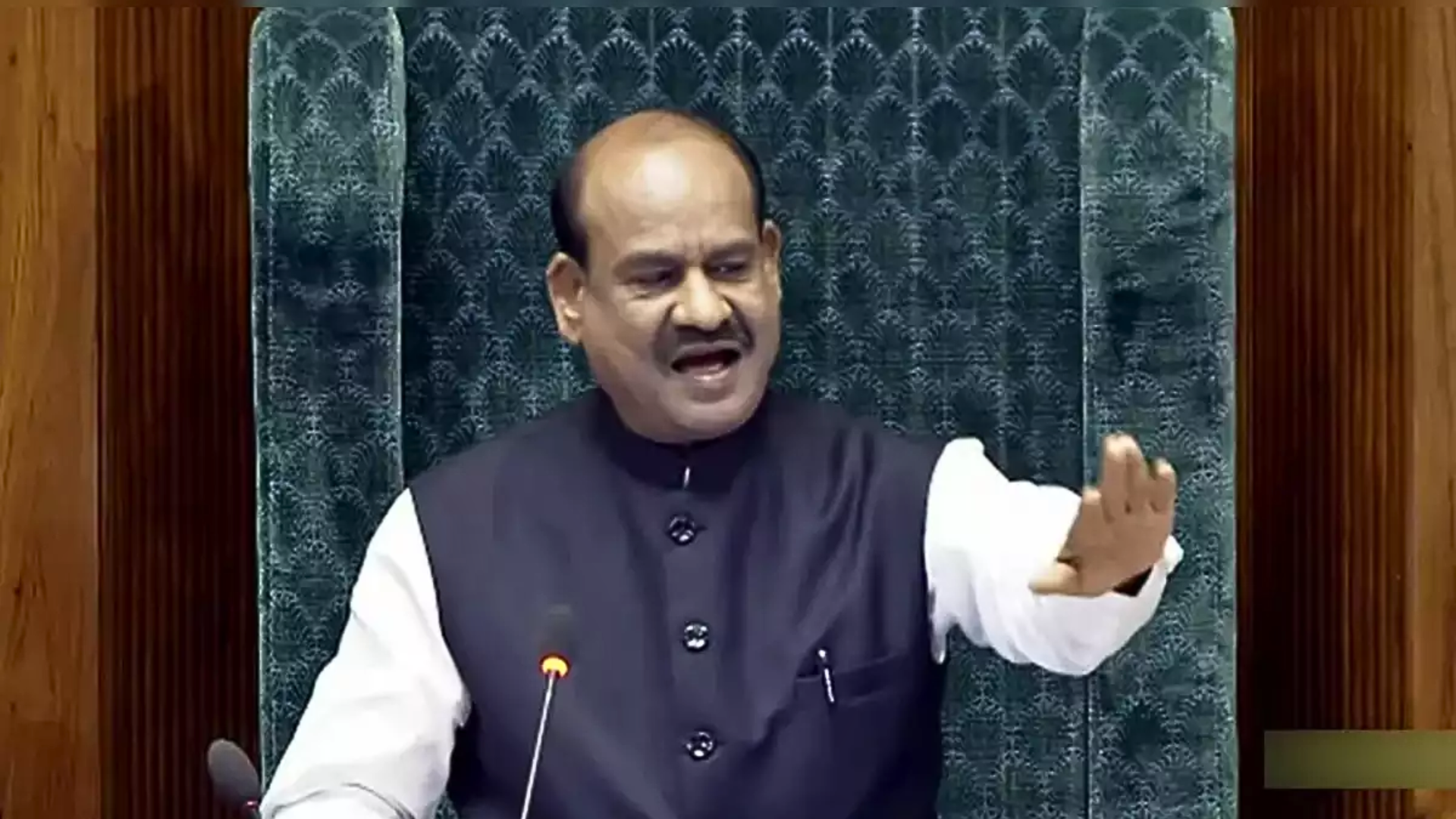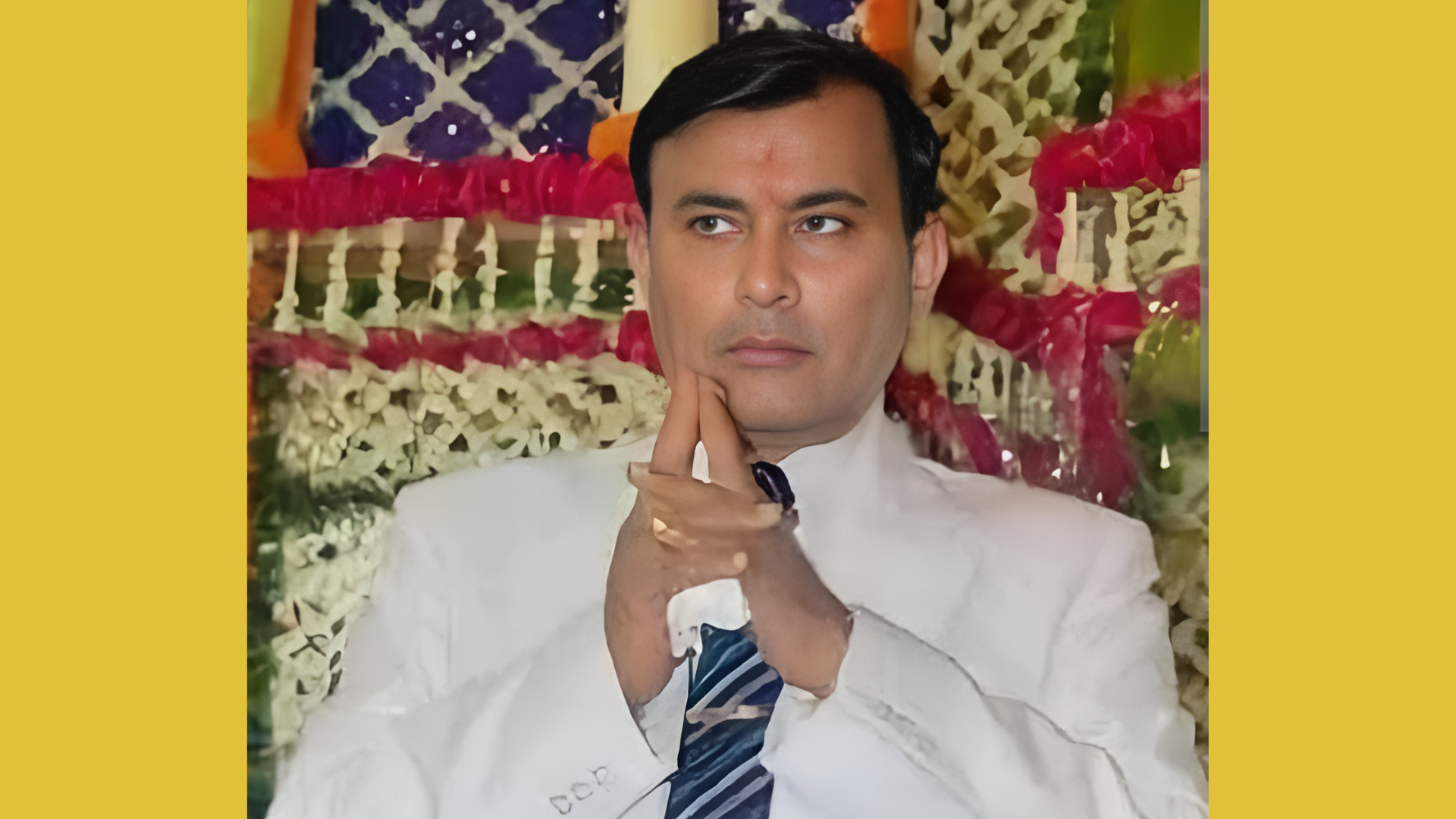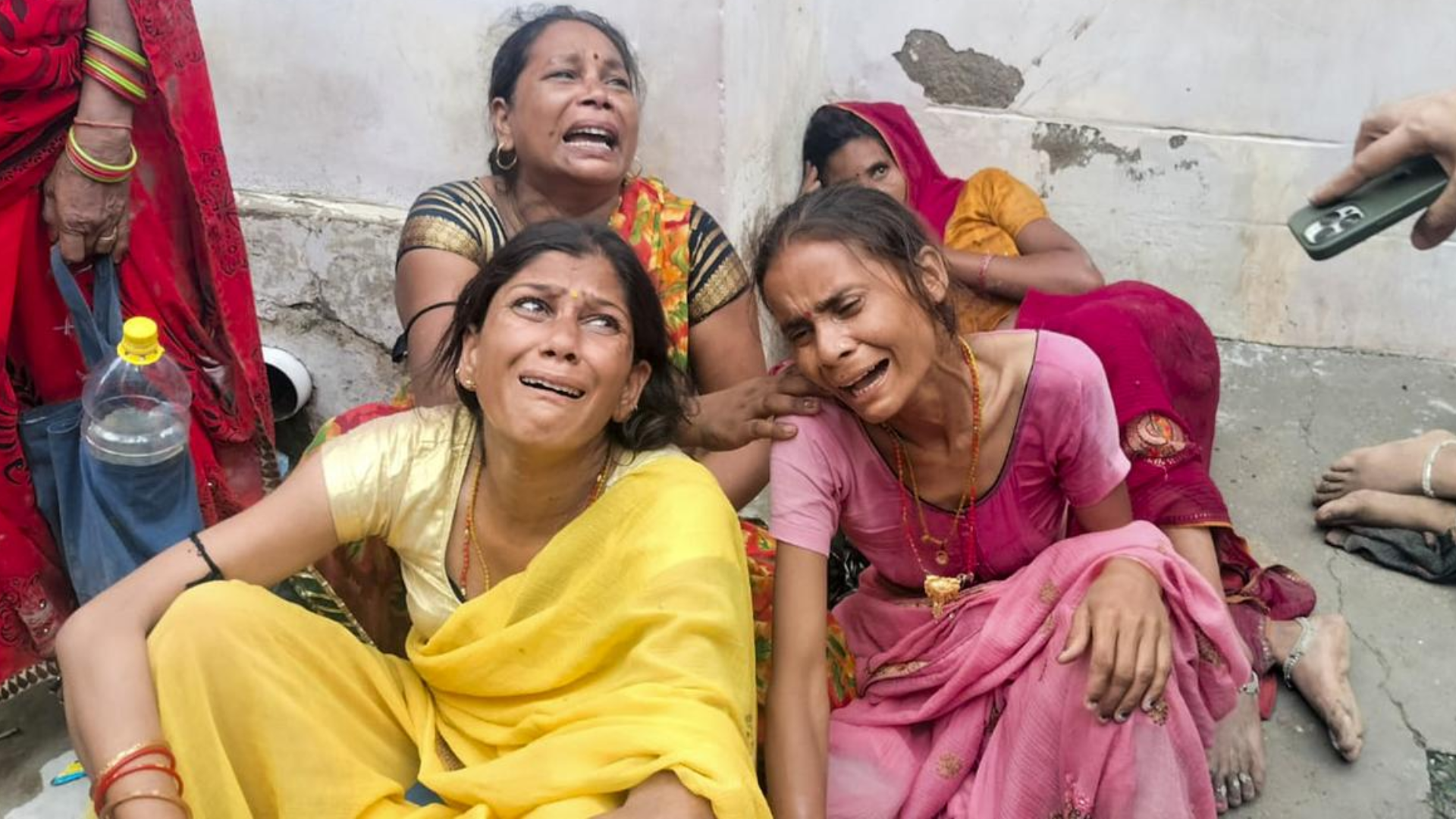On the 6th anniversary of demonetisation, cash is still the king

It was an announcement supposed to change the destiny of India. On November 8, 2016, Prime Minister Narendra Modi, in a nationwide televised address at 8 pm, announced that at the stroke of midnight all Rs 500 and Rs 1,000 banknotes would become invalid.
The reasons provided, at least initially: to remove the scourges of black money and counterfeit notes from the country forever. But not only have these aims not been achieved, a third objective—of making India a cashless society, and thus show a path to the world—too has gone for a toss. Cash is still largely the king, as the latest data shows.
And the BJP and its leaders, and the corporate world and pliant media as well, have long stopped tom-tomming the supposed benefits of the move.
What followed the announcement of demonetisation was a mad scramble among crores of citizens across the country to exchange their Rs 500 and Rs 1000 notes in banks and head post offices and sub-post offices for other legal tenders within December 30, 2016. Besides the humongous amount of hassles faced, what with banks and post offices running short of cash or out of cash ever so often, more than a hundred people lost their lives. Why? Not because of any fault of their own, but because of not being able to withstand long hours in queues. It was a shameful episode in the history of India.
The demonetisation of 2016 has long been debated and discussed, by experts and the general population—largely to come to the conclusion that it did not achieve anything much.
Now, on its sixth anniversary, damning reports are coming out once again. According to Reserve Bank of India (RBI) data, of the Rs 15.41 lakh crore worth of Rs 500 and Rs 1000 notes that were invalidated—much of which was supposed to have been black money—notes worth Rs 15.31 lakh crore have come back into the banking system. Hence, more than 99 per cent of the money that was demonetised is back in the system.
Not just that, black money is being constantly recovered, like always. Two recent incidents: In August, the Income Tax Department detected more than Rs 150 crore of black income during raids of several business groups which run hospitals in Haryana and Delhi-NCR; more than Rs 250 crore of black money was detected by the same entity during searches against two business groups involved in the trade of silk sarees and in chit fund in Tamil Nadu.
As for counterfeit notes, the RBI said in its annual report released on May 27 that such currency notes increased by 10.7 per cent in the last financial year, that is, 2021-22. The central bank detected a 101.93 per cent rise in fake Rs 500 notes in circulation and a 54 per cent increase in fake Rs 2,000 notes. Already, the government had admitted in Parliament that it stopped making Rs 2,000 notes, and the reason largely responsible for this, according to experts, is a massive rise in the counterfeiting of this denomination.
As for cash in circulation, again, it is RBI again that has proved the government wrong. Currency with the public increased to Rs 30.88 lakh crore as on October 21, 2022, from the Rs 17.7 lakh crore for the fortnight ending November 4, 2016—a jump of 71.84 per cent in six years.
It must also be remembered that the demonetisation of Rs 500 and Rs 1,000 notes and the resultant huge shortage of cash—because of the lack of adequate measures to print new notes quickly enough—also led to the closure of countless small businesses as they were unable to pay salaries, which is often done on a daily basis for such businesses. Demonetisation and the shoddily-planned implementation of GST in 2017 brought about an acute crisis in the MSME sector, which is still to fully recover from that blow.
Yes, digital payments have risen (with RBI data showing transactions through UPI touching a new high of Rs 12.11 lakh crore in October, six months after it crossed the Rs 10-lakh-crore milestone in May), but the primary aims of removing black money and counterfeit notes, and making a cashless society, proved to be a miasma of misinformed decision-making, with disastrous consequences and few benefits, wrought upon the people of the country by a leader and his party touting the slogan ‘Sabka Saath Sabka Vikas’, or ‘Unity and Development of Everyone’ at the drop of a coin.







